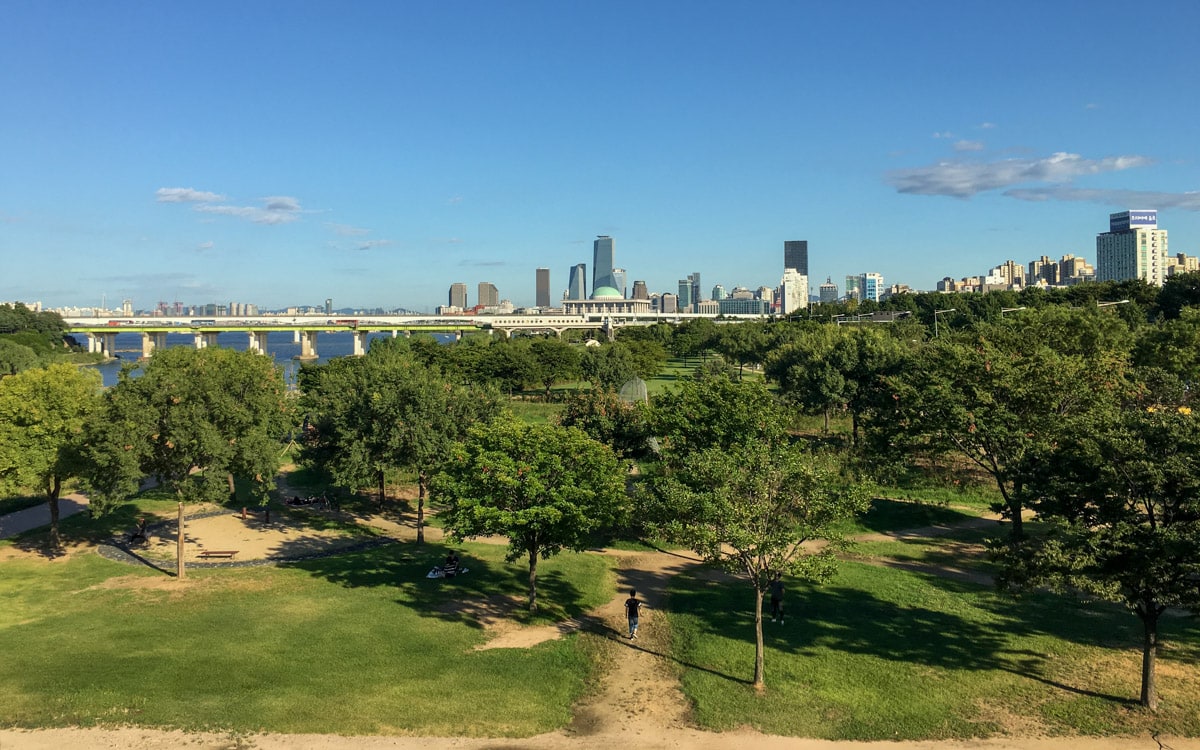
Seonyudo Park is a popular park and open space located on an island on the Hangang River that was formerly used as an industrial water treatment plant. The small island, located west of Yeouido, was opened in 2009 after city officials realized that the island could be better used as an urban park instead of an idle industrial plant.
Seonyudo was originally a scenic island. Many centuries ago, Confucian scholars would visit this beautiful location to reflect, write poetry, and paint. In 1925, much of the island was destroyed by floods. In the 1970s, the area was connected to Yeouido by bridge and transformed from a public use area to a water filtration plant. A water plant was essential at the population of Seoul skyrocketed which caused an increase in the need for drinking water.
After twenty years, the plant closed and became an eyesore. The government of Seoul decided it would be best to return the land to the public and convert the plant into an urban park.
Architect Sung-Yong Joh designed the park in a way that highlighted the past industrial destruction of the island. He hoped that future generations that visited the area would better understand and realize the dangers of an industrial society on nature. He found a way to beautifully mix nature back into the island while not forgetting its brutal concrete past.
The unique geography of the land and the original plant facilities played an important role in the creating of the park that now features an aquatic botanical garden, a museum, and a pavilion.
The park has exceptional 360 degree views of the surrounding area, the Hangang River, and Seoul making it a great place for a picnic or a leisurely walk at sunset. Residents of Seoul flock here in the hundreds each weekend to relax, walk, or ride their bike or rollerblades around the island.
Many of those who visit the park stay until sunset to view the colorfully lit up and arched Seonyudo Bridge which links the park to the Yangwha Area on the southern side of the Hangang River.
Seonyudo Park Information
Hours
The park is open daily from 6:00-24:00.
The exhibit hall is open daily from 9:00-1800 in the summer and 9:00-17:00 in the winter.
Admission
Free
How to Get Here
Option 1
Take Subway Line 2 to Dangsan Station (Exit 1). From the station, take bus 605, 6623, 6631, 6632, or 6633 to Hanshin Apt. Cross Seonyudo Bridge to reach the park.
Option 2
Take Subway Line 2 or Line 6 to Hapjeong Station (Exit 8). From the station, take bus 604, 5712, 6712, or 6716 to Hanshin Apt. Cross Seonyudo Bridge to reach the park.
Seonyudo Park Video
Map
Additional Resources
Viator by TripAdvisor
Viator is a popular online platform that helps travelers book tours, activities, and unique experiences worldwide, including in Seoul. It connects users with a wide selection of options – from sightseeing tours to cultural events and outdoor adventures – all offered by local providers.
Klook
Klook offers discounted tickets and reservations for various attractions and services in Seoul, from theme parks and museums to tours and transportation options.
Rakuten
Save money while exploring Seoul with Rakuten's cashback program. Book your hotels or other services through Rakuten and enjoy cashback rewards and exclusive deals.
If you sign up using the link below, you could earn $30 cashback on your first purchase over $30.
Book Recommendations
For an immersive guide to Seoul, many travelers choose to bring a book along. Fodor's Seoul, for example, offers detailed recommendations on sights, restaurants, maps, and travel tips.
Nearby Sights
Seonyudo Bridge
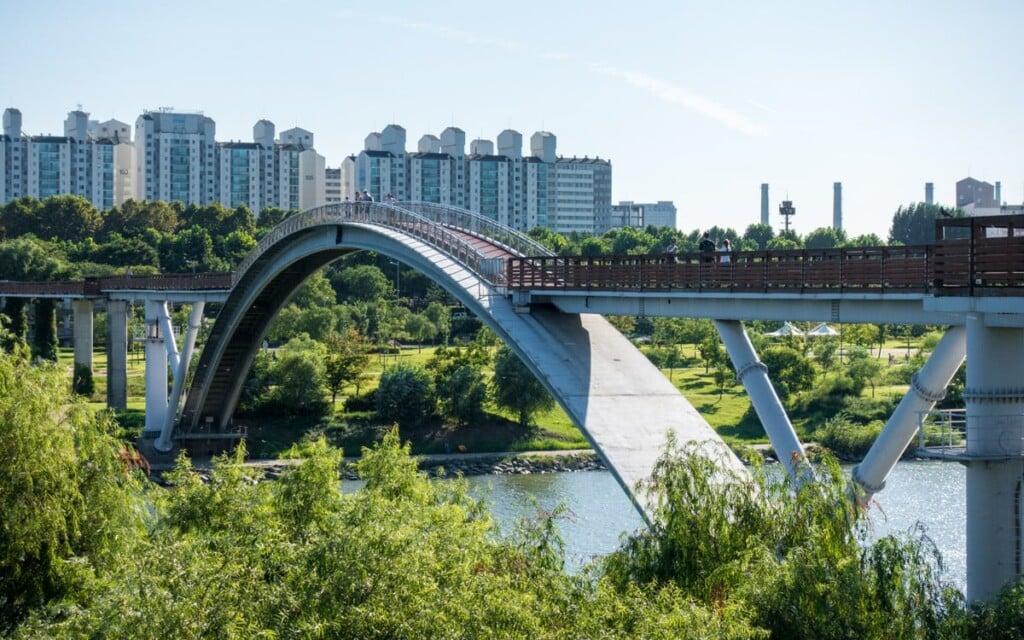
Seonyudo Bridge is a pedestrian only footbridge that connects Yanghwa-dong in the south to Seonyudo Park located on the Hangang River. The name means "spending time idly in the scenic heaven." It is also known as the footbridge of peace. This beautifully arched bridge was designed by French architect Rudy Ricciotti to commemorate the 100th anniversary of diplomatic relations between Korea and France.
Mangwonjeong Pavilion
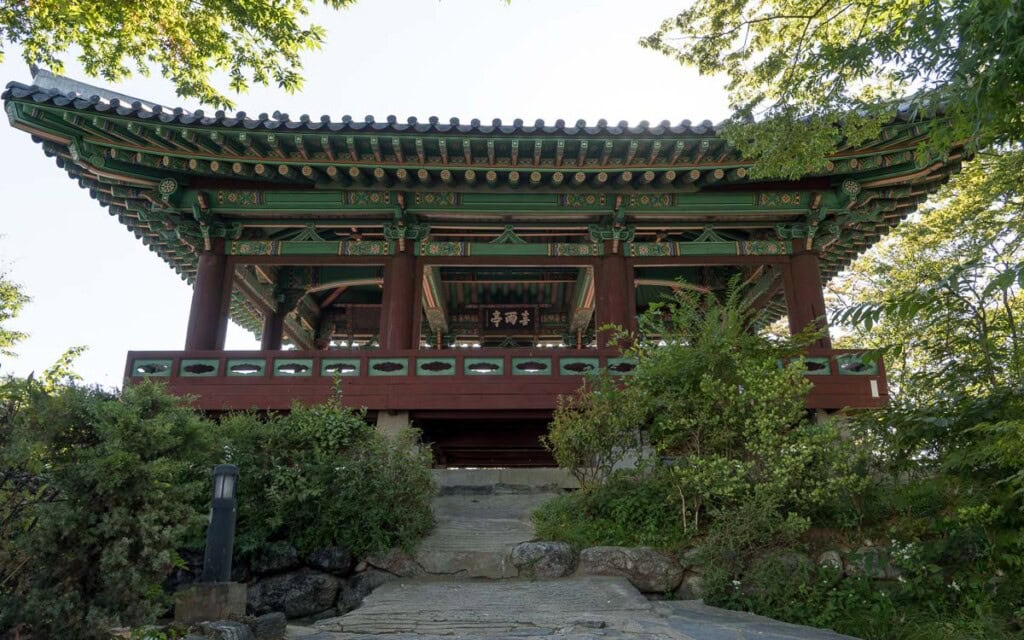
Mangwonjeong Pavilion is a historic pavilion in Seoul, originally built in 1424 during the Joseon Dynasty by Grand Prince Hyoryeong. The pavilion seen today dates back to 1989, as a flood destroyed the original in 1925. Grand Prince Hyoryeong, King Sejong's older brother, built a villa at the site in 1424. King Sejong, also known as Sejong the Great, was the fourth ruler of the Joseon Dynasty and reigned from 1418 to 1450.
Yanghwajin Foreign Missionary Cemetery
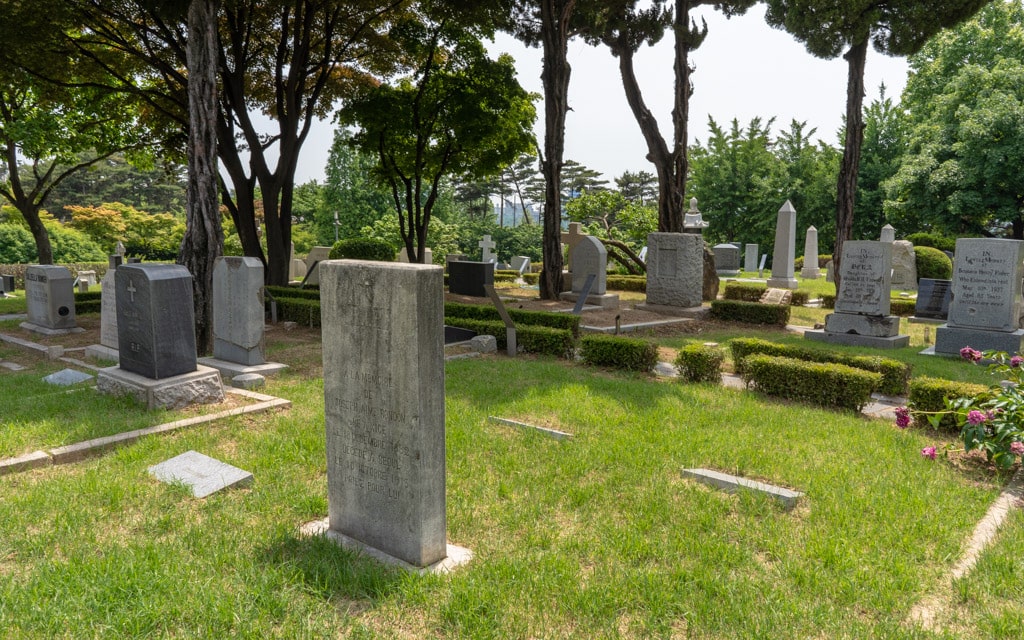
Yanghwajin Foreign Missionary Cemetery is an international cemetery designated by King Gojong that holds the tombs and graves of many foreign missionaries. The cemetery is also known as Hapjeong-dong International Cemetery. The need for a foreign cemetery in Seoul was apparent in July, 1890 after the death of John Heron, a Presbyterian minister.
Jeoldusan Martyrs' Shrine
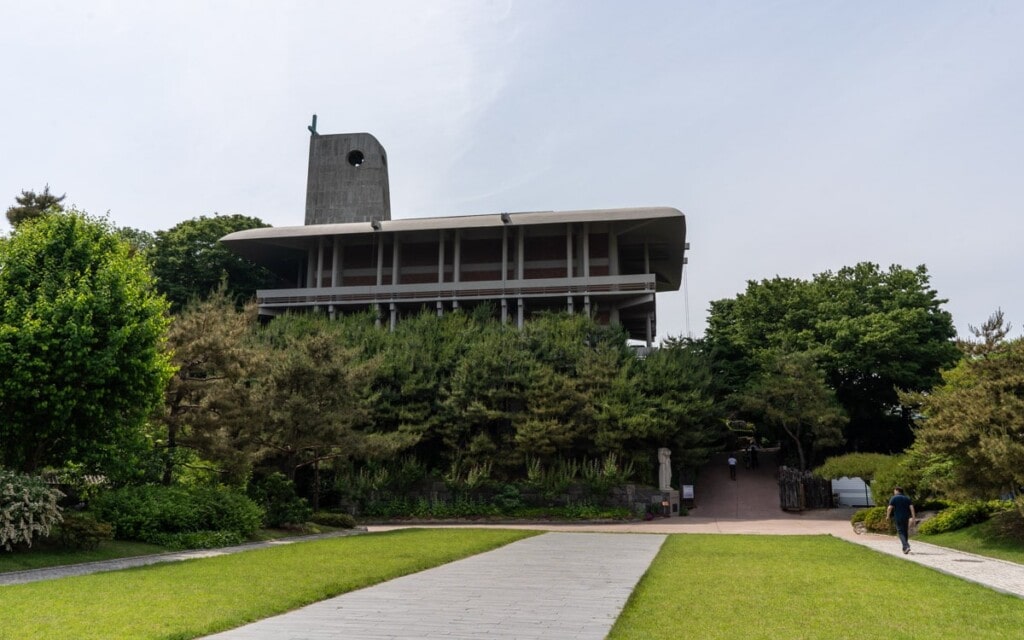
Jeoldusan Martyrs' Shrine is a Catholic shrine on the Hangang River dedicated to those who gave up their lives during the Byeongin persecutions of 1866. In late 1866, nine French missionaries were martyred. This caused two attempted invasions into Korea by a French fleet. After the attempted invasions, the Joseon government punished, targeted, and brutally murdered many French and native Korean Roman Catholics.
Hongdae (Hongik University Area)
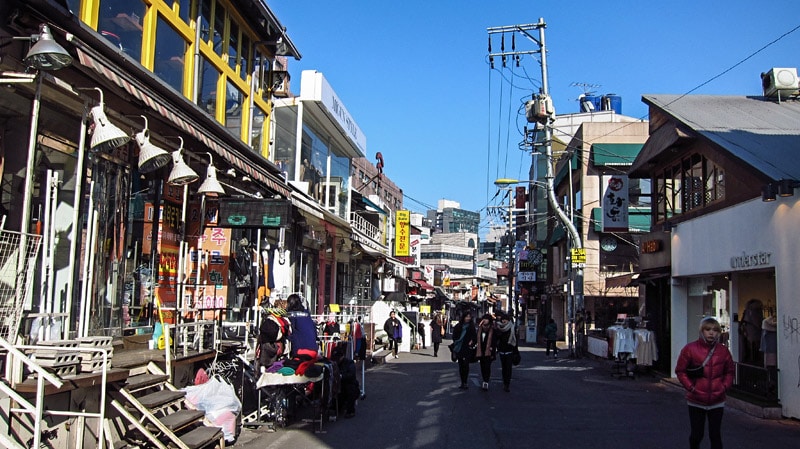
Hongdae is a vibrant, energetic, and youthful neighborhood and nightlife district popular for indie music, street art, galleries, cafes, and shops. The area is named after the nearby Hongik University (Hongik Daehakgyo), one of the most prestigious fine arts universities in Korea. Since Hongik University was built in 1948, it has gone on to be one of the top art and design schools in the country.
Hongdae Free Market
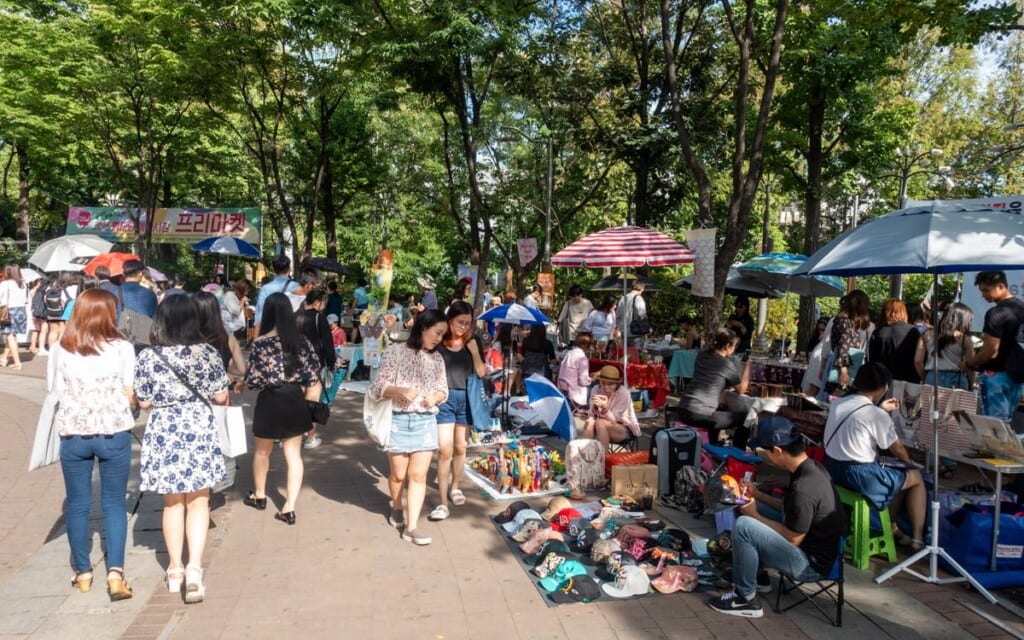
The Hongdae Free Market is a fun and unique arts and crafts market where artists, performers, musicians, and visitors can interact face to face. Artists from all over Korea, and even from other countries, meet here each Saturday from March to November. These artists display and show visitors their own works of arts and crafts.
Last Updated on Mar 14, 2025